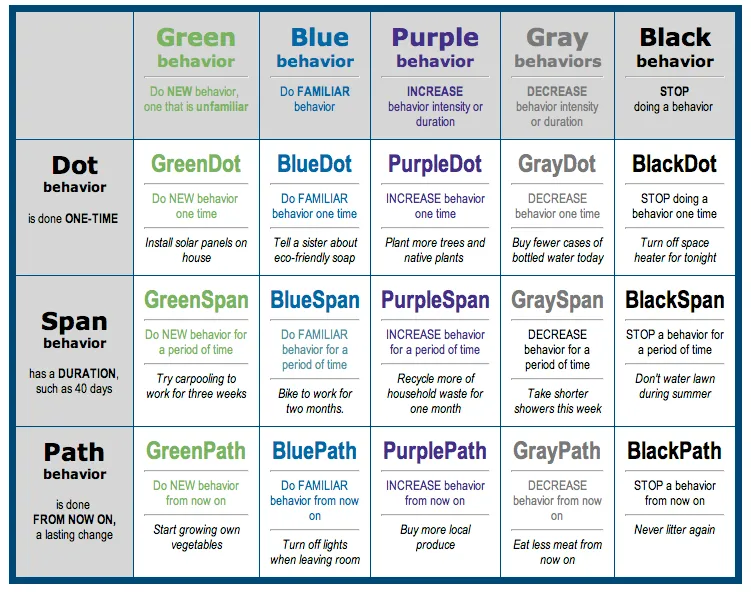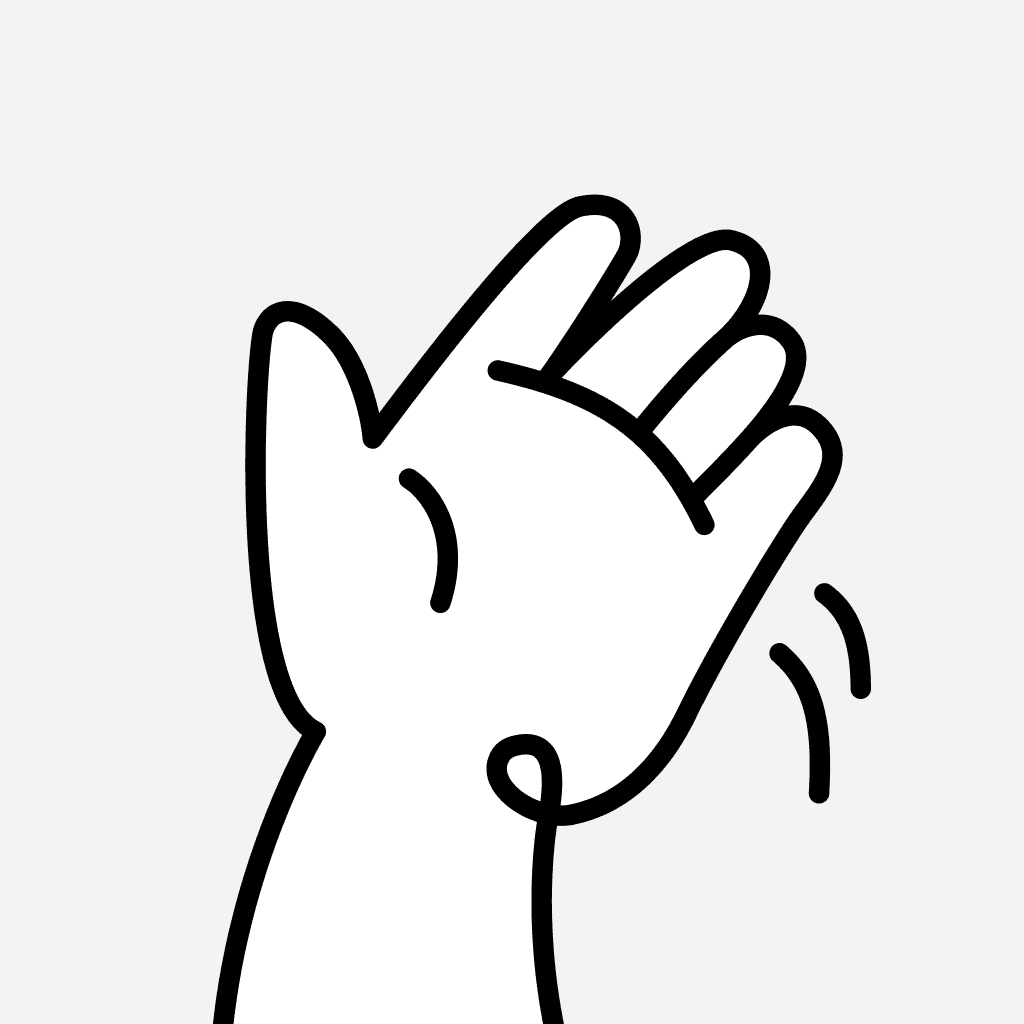Conversion
Alex Szczurek
February 16, 2023
8 mins to read
You may not know the name of BJ Fogg, but daily you use the creations of one of his most famous students — Mike Krieger, the co-founder of Instagram, was a student of Fogg’s. He learned from him that people do not choose to act randomly.
Fogg teaches that behavior requires three ideally matched factors at the right moment before it occurs:
Motivation
Skill
Trigger
Giants — from Facebook, Google, and Twitter to e-commerce mass marketers — know how to use technology to influence user behavior. Their success has less to do with their essential services and more to do with the approach to their users. Many UX designers forget about this emotional connection when they seek to convert.
“The missing piece is our lack of understanding of human behavior”
How does Fogg’s behavior model work?
Fogg’s Behavior Model is based on a fundamental equation that encompasses all three factors in taking action:
Behavior = Motivation x Skill x Trigger, abbreviated as B = MAT.

In the design world:
Motivation — is the reason the user performs the action (i.e., I need new shoes),
Ability — gives the tools to perform this activity (website, mobile-friendly application, clean UX, etc.),
Triggers — The buttons used to complete the action (clear CTA that tells the user what will happen when clicked).
You can see this in Fogg’s action graph as it corresponds to motivation, ability, and adequately timed triggers:

If any of these three factors are turned off, the action doesn’t happen.
For example, when the action you want to perform is challenging to perform (e.g., making an appointment to see a dentist) and you have low motivation (nothing hurts me, it’s just a review), it will be hard to get the user to make an appointment if nothing is done. It hurts.
According to Fogg, implementing a given behavior should start with the “small steps” strategy, which is a powerful tool for building motivation. We can observe it, for example, in training or running applications. In such applications, in the beginning, the user’s goal is very modest because he cannot rely on his motivation to perform, for example, training or running 10km. Running applications pose more and more challenges and build motivation to run, thanks to which the user achieves the goal: of running. Thanks to baby steps, the goal seems feasible, thanks to which we feel we are successful.
Combine all three factors simultaneously, and only then will you see action.
Motivation: why
Fogg identifies three key motivators:
Pleasure/pain: These feelings are the most immediate dimension of motivation. According to Fogg, pleasure, and pain provoke primitive reactions in us. Their operation mechanism resembles hunger, sex drive, and other survival activities. The immediate response to these stimuli takes only two forms, positive or negative.
Hope/Fear: Contrary to the immediate nature of the preceding factor, these emotions are based on expectation. Hope makes us think that something good awaits us in the future. On the other hand, fear is the opposite. According to Fogg, this dimension of human behavior is sometimes stronger than pleasure or pain.
Social acceptance/rejection: People want to be accepted by the environment. Formerly, disfellowshipping could mean a death sentence. That is why this dimension of human behavior remains such a strong motivator. Acting for social reasons is deeply rooted in us.
Motivating someone is almost impossible. Therefore, your goal is not to increase your motivation but to find out what type of user is most motivated so that you can find out why they want to make a purchase.
Ability: how
Fogg associates skill with simplicity. When a task seems simple, we are more likely to start carrying it out. Fogg identifies six categories of clarity:
Time: When we have the time to complete an activity, we consider it simple.
Money: If an action significantly reduces our finances, we find it difficult.
Physical effort: We associate activities that we can physically perform as simple.
Mental cycles: Simple activities don’t strain our brains. We usually avoid tasks that require too much intellectual burden on us.
Social Deviance: Simple actions usually do not exceed established social norms.
Non-routine: The level of simplicity depends on the distance between a given activity and the appearance of our everyday life.
How to get to the source by simplifying processes?
See what your users miss most. Time? Money? Information? Experience? Please find the most significant pain point and then get rid of it. Make it disappear.
Trigger: when
According to Fogg, there are three types of triggers:
Facilitator: When you have the high motivation / low skills,
Signal: When you are highly skilled / highly motivated,
Spark: When you have high skills / low motivation.
Example: A user receives an email about new sweater sales. In an ideal scenario, the user will go to your website and add a sweater to the basket. The basket will include the proposed shoes and accessories that match the sweater. Additionally, you will receive a -15% promo code for the second item in the cart. The user selects a pair of shoes, adds them to the basket, and completes the purchase.
The user may not have planned to buy new shoes, but because the trigger was so perfectly timed, the user not only did the initial desired action (purchasing a sweater) but also made a convincing offer (buying shoes). All these little actions contribute to the ultimate overall goal (more sales, higher conversion, profitability, etc.).
You’ll have the best chance of conversion when:
You will emphasize the user’s motivation to perform the action,
You will make it easier for the user to operate,
You’ll add more triggers at the right time.
Fogg Behavior Grid
Fogg claims that there are 15 different types of behavior you can trick your users into. They are divided into a graph known as the Fogg Behavior Grid.
The columns in the grid represent behaviors that users can take:
Green: New behavior,
Blue: Familiar behavior,
Violet: Increase the intensity of the behavior,
Gray: Decrease the power of the behavior,
Black: Stop existing behavior

source: https://viscomvibz.wordpress.com/2012/05/19/persuasive-design/
The lines in the chart show how long or how often you want users to track this activity:
Dot: One-time Behavior Change (Join the book club).
Span: Changing behavior over a Period of Time (Complete all assignments over the two years in university).
Path: Permanent Behavior (Read every day, Go to the gym every day).
Example: You want users to enroll in a 3-month pottery course. This is a new behavior, so that you will be following the “green path,” Since we are talking about a certain length of time (3 months), you will be following the Green Span.
According to Fogg, to achieve Green Span Behavior, you must significantly increase your motivation while minimizing the factors that demotivate. Fear of the unknown, negative expectations and buyer’s remorse are demotivators.
Then it would help if you had a suitable trigger. Because the first challenge is to try something new, and the second obstacle is a commitment to a specific time. Formulate your CTA and desired actions so the further action feels familiar, easy to perform, and worthwhile.
Once you’ve determined the path you want your users to take, the Fogg Behavior Chart can help you determine how to use motivation, skills, and ideal triggers to make that happen.
Wei Chan • February 16, 2022
© 2024, Baked Design
Baked with ❤️ and dedication!
